Fireworks may be more popular around Independence Day, but they are also part of some residents’ holiday and New Year’s Eve celebrations.
So, it’s important to understand the laws and regulations surrounding the use of fireworks in order to avoid any potential legal consequences.
In Arizona, the use of fireworks is regulated by the Arizona Department of Forestry and Fire Management. According to state law, it is illegal to use, possess or sell fireworks without a permit. This includes fireworks considered “safe and sane,” such as sparklers, snaps and small ground spinners.
There are some exceptions to this rule. For example, Section 10-1-6 of the Maricopa City Ordinance states: It is unlawful for any reason within the limits of the city to blast or use powder, fireworks or other explosives without a written permit from the city or the fire Chief, and then only upon the terms and conditions set forth therein. Violations are a Class 1 misdemeanor carrying a maximum penalty of up to six months in jail and/or fines of up to $2,500.
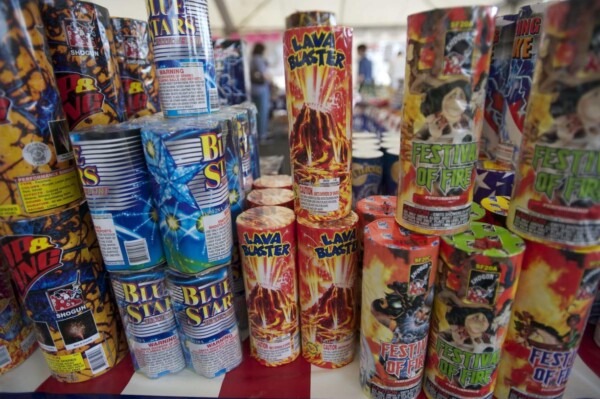
According to state statute, however, consumer fireworks may be used from May 20 through July 6 and from Dec. 10 through Jan. 3 of each year.
Permissible consumer fireworks are prohibited between the hours of 11 p.m. and 8 a.m., except for the following times:
• Between the hours of 11 p.m. on Dec. 31 of each year through 1 a.m. on Jan. 1 of each year.
• Between the hours of 11 p.m. on July 4 of each year through 1 a.m. on July 5 of each year.
During the dates listed above, only fireworks defined as “consumer” fireworks in the above statute can be used. Consumer fireworks include ground spinners, sparkling wheel devices and fountain-style fireworks.
Any type of firework that explodes or detonates in the air is illegal to use – year-round. Illegal fireworks include sky or bottle rockets, firecrackers and aerial fireworks.
Any firework designated as “display” is still prohibited. “Display fireworks” are defined as “large firework devices that are explosive materials intended for use in fireworks displays and designed to produce visible or audible effects by combustion, deflagration or detonation.”
In addition to the legal restrictions on fireworks, it’s important to also consider safety when using fireworks. Fireworks can be dangerous if not used properly and can cause injuries or start fires. It’s always a good idea to follow safety guidelines and use common sense when using fireworks.
Overall, it’s important to understand the laws and regulations surrounding the use of fireworks in the state of Arizona. While fireworks can be a fun and exciting way to celebrate special occasions, it’s important to use them responsibly and follow all applicable laws.
FIREWORKS SAFETY TIPS
The U.S. Consumer Product Safety Commission (CPSC) has developed a list of tips to help people safely enjoy their fireworks this holiday weekend:
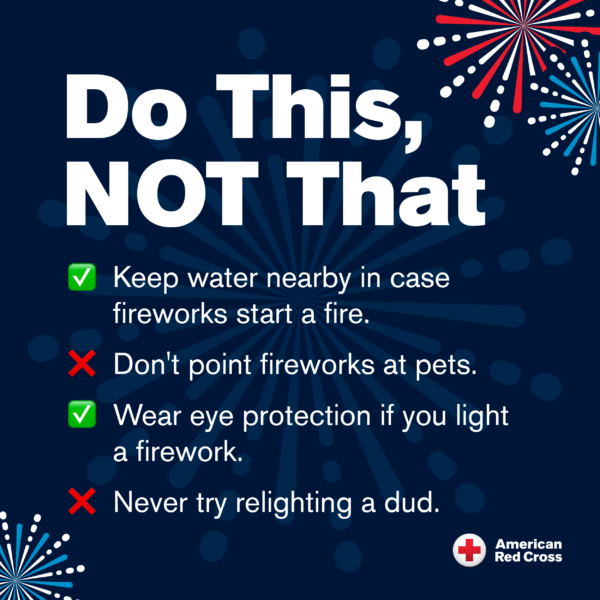
- Never allow young children to play with or ignite fireworks.
- Avoid buying fireworks packaged in brown paper. It’s often a sign the fireworks were made for professional displays and could pose a danger to consumers.
- Always have an adult supervise firework activities. Parents don’t realize that young children suffer injuries from sparklers, which can burn at 2,000 degrees – hot enough to melt some metals.
- Never place any part of your body directly over a fireworks device when lighting the fuse. Back up to a safe distance immediately after lighting fireworks.
- Never try to re-light or pick up fireworks that have not ignited fully.
- Never point or throw fireworks at another person.
- Keep a bucket of water or a garden hose handy in case of fire or other mishap.
- Light fireworks one at a time, then move back quickly.
- Never carry fireworks in a pocket or shoot them off in metal or glass containers.
- After fireworks complete their burning, douse the spent device with plenty of water from a bucket or hose before discarding it to prevent a trash fire.
- Make sure fireworks are legal in your area before buying or using them.
According to the CPSC, nearly half of all injuries come from just three of the most common consumer fireworks – sparklers, firecrackers and bottle rockets. About 200 people per day are treated at U.S. emergency rooms for fireworks-related injuries in the month surrounding July 4. More than 70% of those injuries were to the hands and fingers, head and face, and eyes.

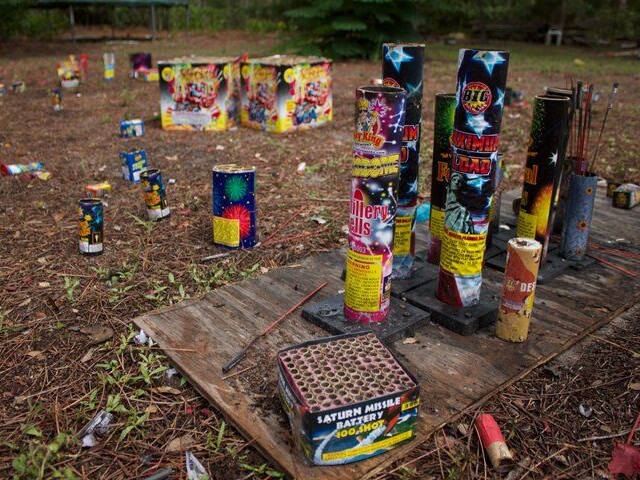


![Maricopa’s ‘TikTok Rizz Party,’ explained One of several flyers for a "TikTok rizz party" is taped to a door in the Maricopa Business Center along Honeycutt Road on April 23, 2024. [Monica D. Spencer]](https://www.inmaricopa.com/wp-content/uploads/2024/04/spencer-042324-tiktok-rizz-party-flyer-web-218x150.jpg)


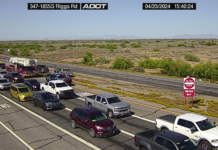
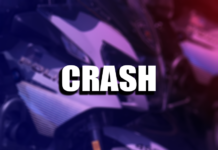





![Alleged car thief released without charges Phoenix police stop a stolen vehicle on April 20, 2024. [Facebook]](https://www.inmaricopa.com/wp-content/uploads/2024/04/IMG_5040-218x150.jpg)


![Maricopa’s ‘TikTok Rizz Party,’ explained One of several flyers for a "TikTok rizz party" is taped to a door in the Maricopa Business Center along Honeycutt Road on April 23, 2024. [Monica D. Spencer]](https://www.inmaricopa.com/wp-content/uploads/2024/04/spencer-042324-tiktok-rizz-party-flyer-web-100x70.jpg)
